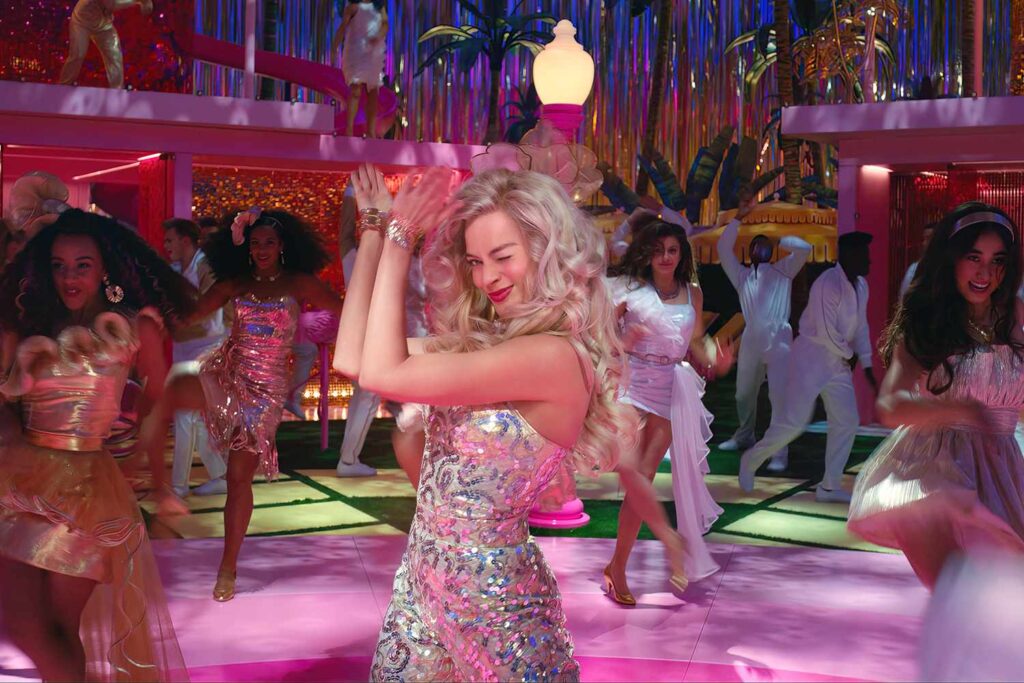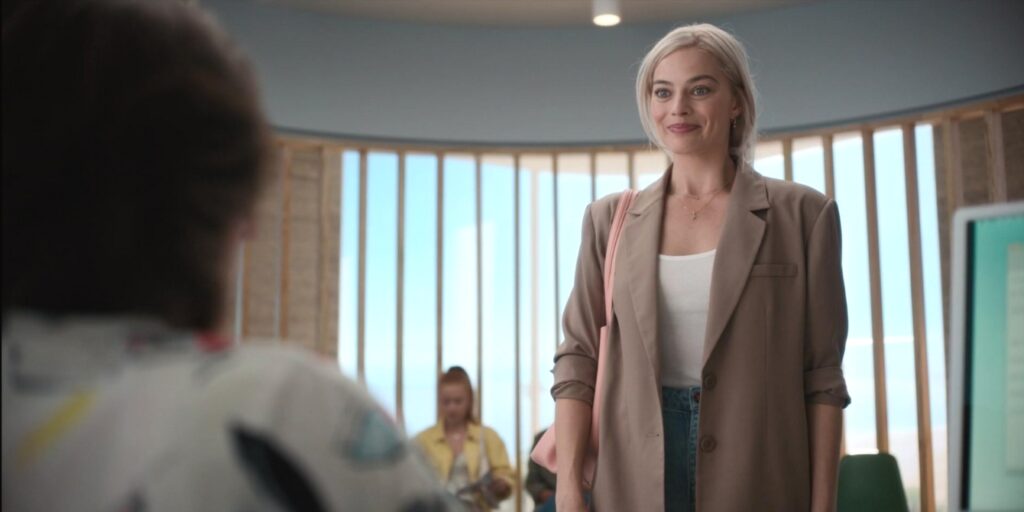Welcome to DU!
The truly grassroots left-of-center political community where regular people, not algorithms, drive the discussions and set the standards.
Join the community:
Create a free account
Support DU (and get rid of ads!):
Become a Star Member
Latest Breaking News
Editorials & Other Articles
General Discussion
The DU Lounge
All Forums
Issue Forums
Culture Forums
Alliance Forums
Region Forums
Support Forums
Help & Search
Women's Rights & Issues
Related: About this forumBarbie's Existential Crisis and the Fight for Reproductive Justice
Barbie’s Existential Crisis and the Fight for Reproductive Justice
1/11/2024 by Tomi-Ann Roberts and Jamie Goldenberg
Women’s bodies present a special problem for death denial—and these concerns motivate patriarchal cultures to seek control of those bodies from women themselves.

Margot Robbie in Barbie. (Warner Bros. Pictures)
Awards season is here, and while it first it seemed like Barbie would rake in quite a few, after securing more Golden Globe nominations than any other film this year, it now looks as though Gerwig’s film may get passed over for final awards and end-of-year “best of” lists, despite its overwhelming box office popularity. Perhaps critics could not allow for a seemingly shallow storyline to carry such a deeply existential, feminist message. Some will call it sacrilege for us to compare Barbie, a film that appears to celebrate artificiality and superficiality, with the deeply noir multiple award-winning film many say is the greatest of all time, Citizen Kane. However, we suggest that both films are owed acclaim for the risks their directors took in broaching the most anxiety-provoking of all human concerns: death. Both Orson Welles and Greta Gerwig deliver their existential message through toys—but where Rosebud the sled restores the dying Kane’s lost promise of masculine youth, Barbie the doll depicts the central thesis of our work as feminist social psychologists: that fear of death that undergirds the control of women and their bodies, and women’s own efforts to conform to societal expectations for their bodily control. Considered this way, Barbie is relevant not only to the impending decisions of the Academy of Motion Pictures, but also to the Supreme Court, as they are once again set to adjudicate women’s right to manage their own reproductive bodies.
In our field of social psychology, terror management theory offers an existential framework for viewing the world, with empirical research to back up its claims. The gist is that, unlike dolls, humans are aware of the inescapable fact that they are going to die. This existential threat is quelled by creating and immersing ourselves in a contrived, artificial world that offers an illusion of immortality. As Barbie’s creator Ruth Handler explains to her in the film, “Ideas live forever. Humans, not so much.” Women’s bodies present a special problem for death denial, with their monthly bleeding, lactation and pregnancies. And what women’s bodies giveth, they can take away. In our research, we find that death concerns are what motivate the patriarchal oppressive contrivances of objectification and self-objectification. Objectifying “strips” women’s bodies of their more natural, mammalian, and hence threatening mortal qualities, emphasizing an idealized, contrived attractiveness. Not only are women treated this way, but they also come to treat themselves this way, investing time and resources in attaining flawless, symbolically immortal beauty.
. . . .
From Barbie’s very first tear that felt “achy, but good,” she begins to recognize that being plastic comes at a price. For her, there’s no getting back in the death-denying box, no matter how nostalgic it smells. So even after working to restore Barbieland to its neoliberal, empowerment feminism utopia, she has to make a choice: Stay perfect, plastic and immortal in Barbieland—or become human. “You understand that humans only have one ending,” Ruth said. Holding hands with her creator, Barbie sees a vision of ordinary girls and women who have not chosen to deny death by investing in the plastic world of self-objectification. Some are young, some old, some are laughing, some crying, some are fat, some thin. All are human, all too human. When Barbie opens her eyes, she chooses Reality. She chooses mortality.

Margot Robbie in Barbie. (Warner Bros. Pictures)
The final scene of the film enlists viewers in wondering what downtown appointment Barbie is rushing to make, and the reveal could not be more illustrative of our existentialist feminist perspective, nor more well timed to the moment in which we find ourselves: holding our breaths not for award nominations, but for the highest Court in the land to hear an appeal regarding medication abortion in the wake of the Dobbs decision. Because real women live in the bodies that can create and sustain life, cultures fear and thus seek to wrest control of those bodies from women themselves. Barbie the doll symbolizes that control in the form of objectified beauty, and instructs girls in self-control through self-objectification. But Barbie, the real woman, starts her mortal human journey at an appointment with the gynecologist—which is, of course, a much more appropriate place than a politician’s office or a courtroom for such a journey to begin.
https://msmagazine.com/2024/01/11/death-barbie-abortion-supreme-court/